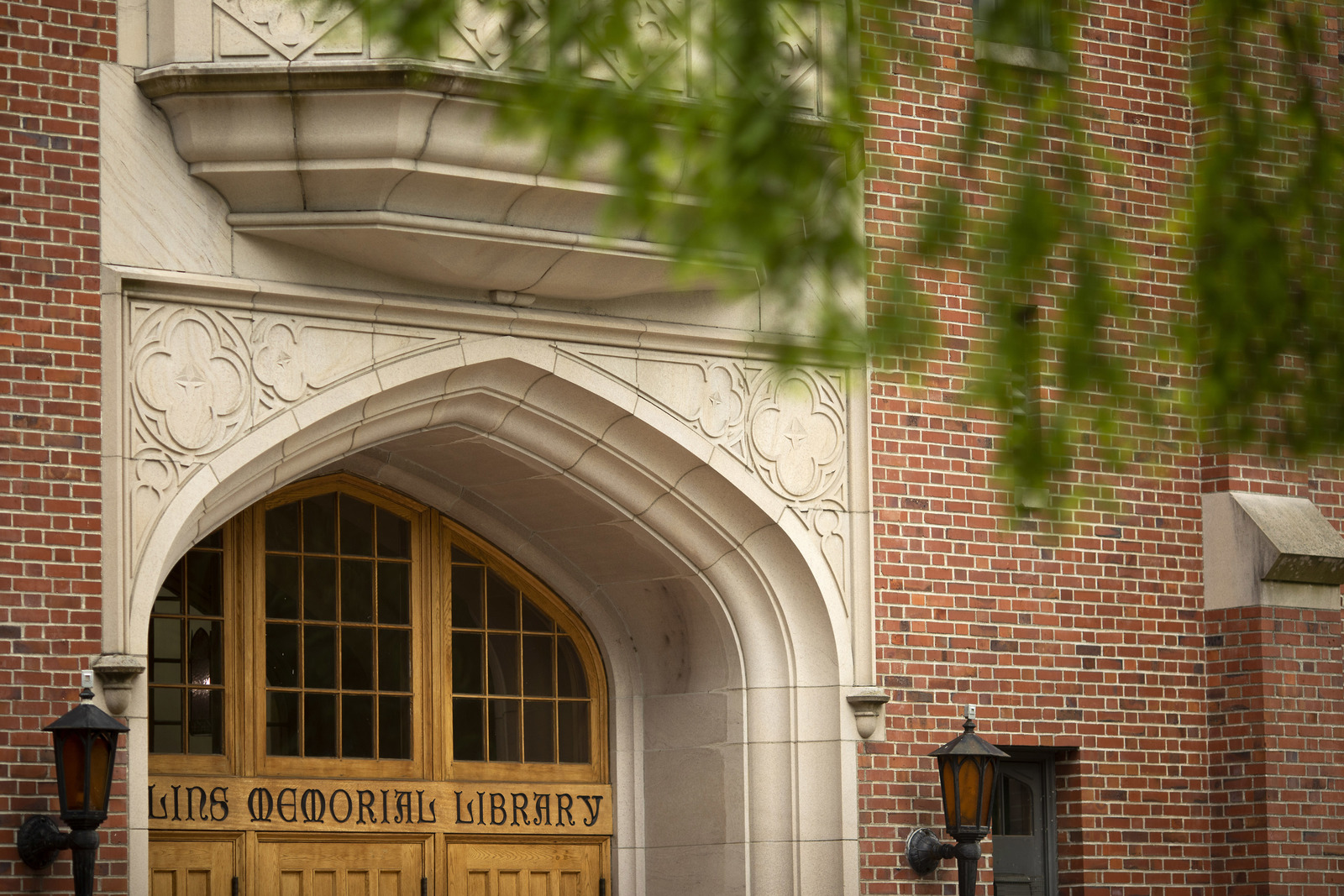TACOMA, Wash. – Two University of Puget Sound student teams have rated among the top winners in an international mathematics competition that asked contestants to profile hypothetical serial killers and predict the scene of their next crime. A team including Nathan Hwang ’12, Dylan Poulsen ’10, and Jeremiah Root ’12 was awarded a “finalists” designation, putting them in the top 1 percent of the 2,254 participating teams. The team, including Sara Bucht ’10, Kyle Egerdal ’12, and Lindsey Parden ’10, received a “meritorious winners” rating, putting them among the top 20 percent of teams.
“This was a phenomenal result for our students,” said Mike Spivey, associate professor in mathematics and computer science, who helped organize the teams. “It was great to get our name up there and see our students make an excellent showing, but most of all, everyone worked hard and had a lot of fun.”
The annual International Mathematical Contest in Modeling, sponsored by the Consortium for Mathematics and Its Applications, ran over five days during February. During that time, the more than 2,000 teams of up to three undergraduate or high school students researched, modeled, and submitted a written solution that answered one of two problems.
The problem tackled by the Puget Sound teams asked them to design a mathematical model that would aid police investigators in tracking down serial criminals. The team had to create at least two schemes to generate a geographical profile of past crime scenes. After devising a technique to combine the two profiles and factoring in the times of the previous crimes, they had to predict—or at least provide some guidance—as to the likely location of the next incident. The team had to tell investigators just how reliable their method was and provide any appropriate warnings about using the prediction in light of the uncertainties.
The submitted solutions were judged on their effectiveness and reliability and the conciseness, clarity, and comprehensiveness of the written solution. The contest tested their acumen in mathematical modeling and interdisciplinary problem-solving.
The teams entering came from 14 countries, including the United States, Australia, China, Finland, Ireland, Jamaica, Pakistan, Singapore, and South Africa. Most were college or university teams, and just 16 percent were from the United States. The highest attainment category was “outstanding,” which was achieved by nine teams from the United States and China and included a team from the University of Washington. The next designations were: “finalists, meritorious winners, honorable mentions, successful participants, and unsuccessful participants.”
The Consortium for Mathematics and Its Applications is a nonprofit organization whose mission is to improve mathematics education for students of all ages.
Tweet this: Math whizzes nab the killer! Well almost. Students @univpugetsound score big in an international math contest. http://bit.ly/axMPsh
Follow us on Twitter! www.twitter.com/univpugetsound
